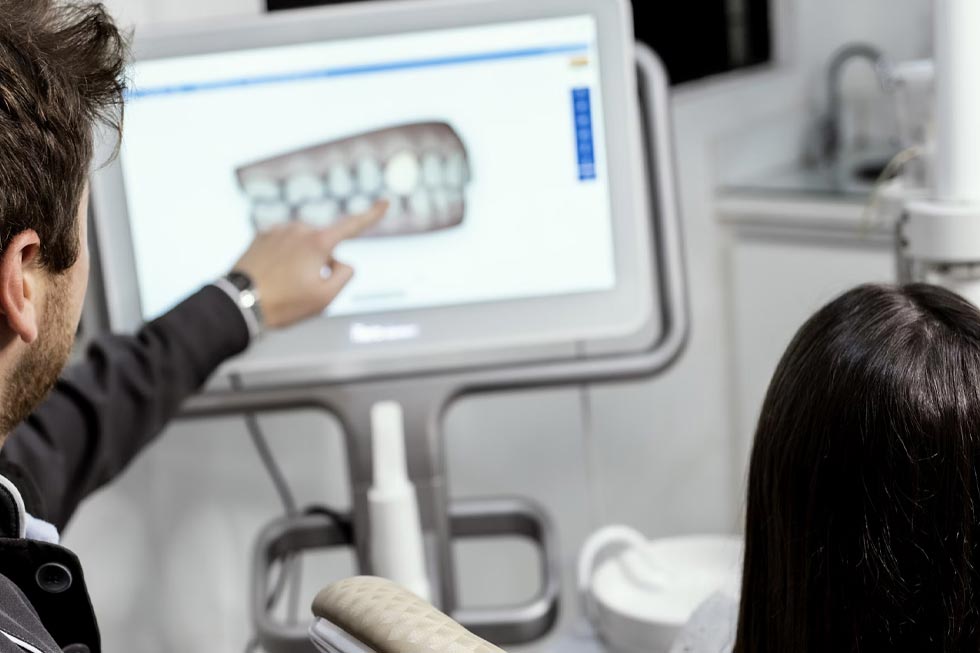Losing a tooth can be a life-altering experience. Beyond the obvious aesthetic concerns, it can impact your ability to eat comfortably, speak clearly, and even affect your self-esteem. Fortunately, modern dentistry offers a robust and long-lasting solution: dental implants.
But what exactly are dental implants, and what does the process of getting them entail? We spoke with Dr. [Insert Fictional Dentist Name Here, e.g., Emily Carter], a general dentist with [Insert Years of Experience, e.g., 10 years] of experience at [Insert Fictional Clinic Name Here, e.g., Bright Smiles Dental], to demystify the journey from missing tooth to a confident, complete smile.
“Dental implants are essentially artificial tooth roots,” explains Dr. Carter. “They’re made of biocompatible materials, typically titanium, and are surgically placed into the jawbone. Over time, the implant fuses with the bone through a process called osseointegration, creating a strong and stable foundation for a replacement tooth.”
So, what can you expect if you’re considering dental implants? Dr. Carter breaks down the process into several key stages:
1. Initial Consultation and Evaluation:
This is the crucial first step. “The consultation allows us to assess your overall dental health, evaluate the bone density at the implant site, and determine if you’re a good candidate for implants,” says Dr. Carter.
The dentist will:
- Perform a comprehensive oral exam: Checking the health of your gums, teeth, and jawbone.
- Take X-rays and potentially a 3D cone-beam CT scan: This provides a detailed image of your jawbone to accurately plan the implant placement.
- Discuss your medical history: Certain medical conditions and medications can affect the success of implant treatment.
- Explain the treatment options and potential costs: This includes discussing different implant types, materials, and any necessary pre-operative procedures.
2. Bone Grafting (If Needed):
In some cases, the jawbone may not have enough density to adequately support an implant. “If there’s significant bone loss, we may need to perform a bone grafting procedure to increase the bone volume and provide a solid base for the implant,” explains Dr. Carter.
Bone grafting involves adding bone material to the deficient area. This bone can be sourced from your own body, a donor, or synthetic materials. It typically takes several months for the graft to heal and integrate with the jawbone.
3. Implant Placement:
Once the jawbone is deemed sufficient, the implant is surgically placed. “This is typically a relatively straightforward procedure performed under local anesthesia, although sedation options are available for anxious patients,” says Dr. Carter.
During the procedure, the dentist will:
- Make a small incision in the gum tissue to expose the bone.
- Carefully drill a hole in the bone, following the pre-planned surgical guide.
- Insert the implant into the prepared site.
- Suture the gum tissue back in place.
4. Osseointegration (Healing Period):
After implant placement, the bone needs time to grow around and fuse with the implant in a process called osseointegration. This typically takes anywhere from 3 to 6 months. During this time, you may wear a temporary denture or bridge to protect the area.
5. Abutment Placement:
Once osseointegration is complete, an abutment is attached to the implant. “The abutment acts as a connector between the implant and the final restoration,” explains Dr. Carter. It protrudes slightly above the gum line and serves as the base for the crown.
6. Crown Placement:
The final step is the placement of the custom-made crown, which is designed to match the shape, size, and color of your existing teeth. The crown is attached to the abutment, completing the restoration and restoring your smile.
Caring for your Dental Implants:
Dental implants are a significant investment, and proper care is essential for their long-term success. Dr. Carter advises:
- Maintaining excellent oral hygiene: Brush and floss regularly, paying close attention to the area around the implant.
- Scheduling regular dental check-ups and cleanings: This allows your dentist to monitor the health of your implants and address any potential issues early on.
- Avoiding habits that can damage implants: This includes smoking, chewing on hard objects, and grinding your teeth (bruxism).
Is a Dental Implant Right for You?
Dental implants offer a durable and aesthetically pleasing solution for missing teeth. However, they aren’t right for everyone. Factors like overall health, bone density, and commitment to oral hygiene play a crucial role in determining candidacy.
“The best way to find out if dental implants are right for you,” concludes Dr. Carter, “is to schedule a consultation with your dentist. We can thoroughly evaluate your situation and discuss the best treatment options for restoring your smile and oral health.”
By understanding the process and committing to proper care, you can enjoy the benefits of a confident, complete smile with dental implants for years to come.

